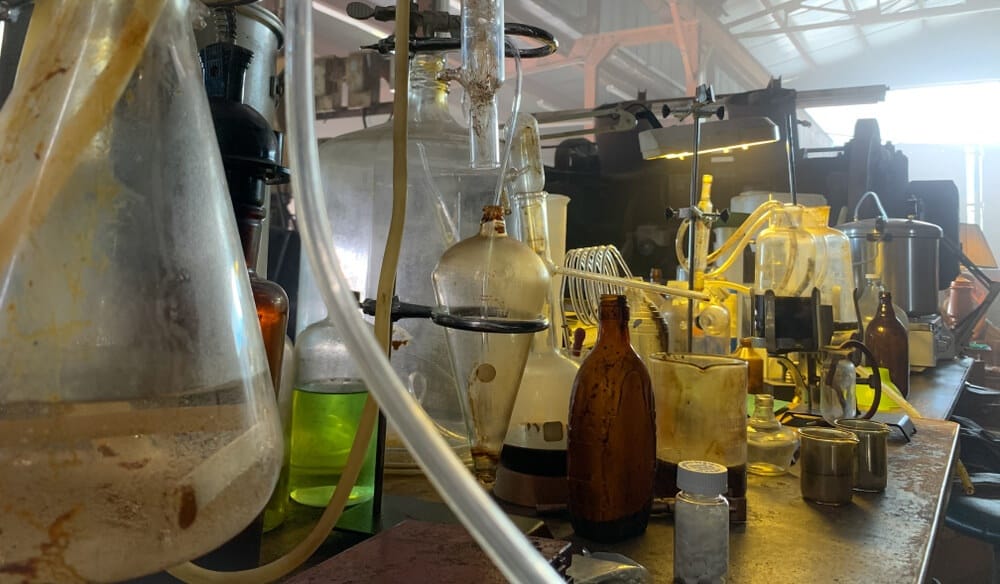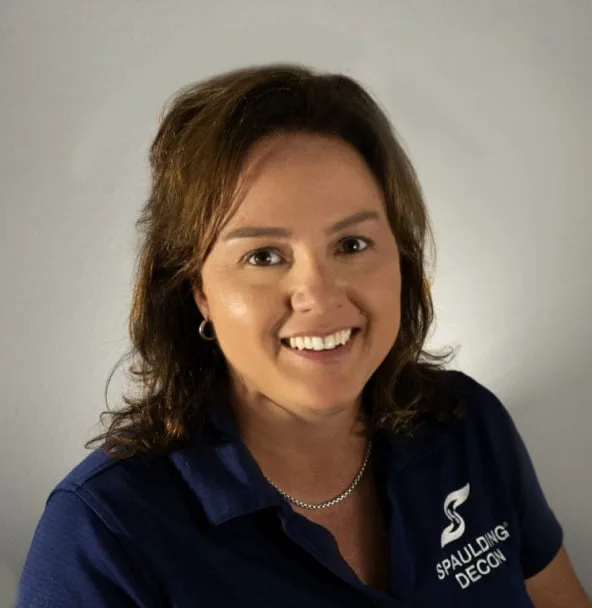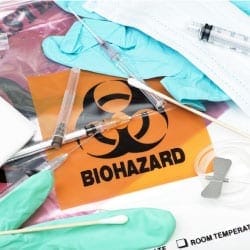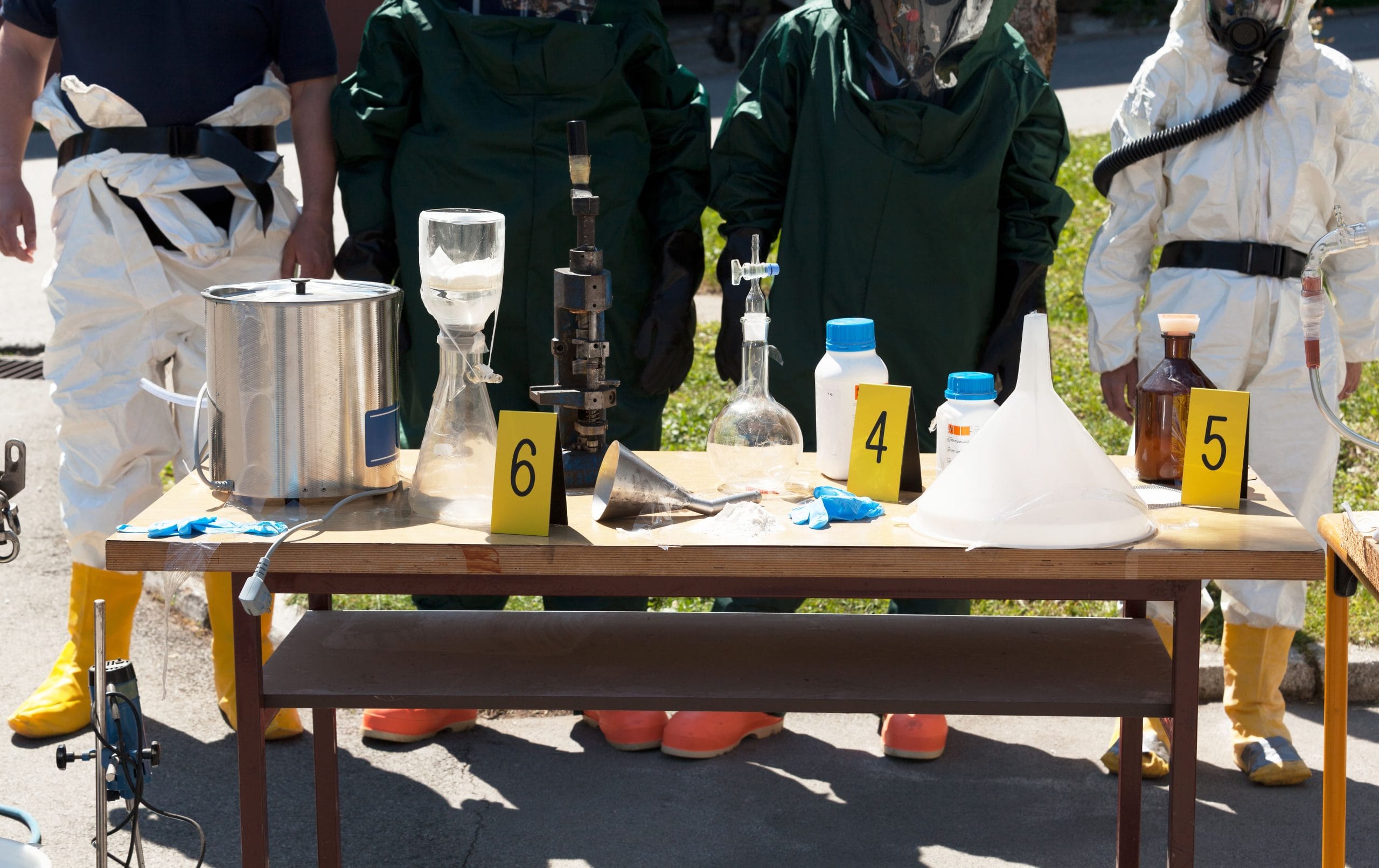Last updated: October 2025
Finding yourself in a situation of moving into a former meth house can be challenging. It can pose serious health and safety risks to you and your loved ones.
That’s why you need a good understanding of the step-by-step process involved as well as state rules and guidelines.
Here at Spaulding Decon, we not only work discreetly and with compassion, we also truly respect the story of every life. That’s why we’ve prepared this handy guide to help you with the process.
And we are here for you when you feel that professional help is needed. Let’s begin.
Regulations and Federal Limits: Examples and Guidelines
Across the US, there’s no single federal “limit” for cleaning former meth houses and laboratories.
Cleanup generally follows the Environmental Protection Agency’s voluntary guidelines and state rules. For example, lab results for Washington use the 1.5 µg/100 cm² limit while Colorado uses the 0.5 µg/100 cm² limit as a guideline.
A typical professional cleanup process includes:
- Personal protective equipment (PPE)
- Containment and ventilation
- HEPA vacuuming
- Detergent-water triple washing
- HVAC cleaning, and
- Post-remediation sampling (often by NIOSH 9111 wipe method)
Before You Start: Safety, Consent, and When to Call the Experts
If you’ve had positive meth residue tests or you suspect a former lab, the best advice we can offer is to step back and give careful consideration to the situation. According to research, meth production and heavy smoking can have serious health consequences. They leave residues that affect airways, skin, and mental health, especially pertinent for children.
This is a serious matter that requires a serious approach. If you’ve considered taking the do-it-yourself route, it’s important to know that light contamination in small areas might be reduced with detergent washing, but most homes need certified pros for sampling plans, HVAC work, and clearance testing that meets your state’s voluntary standard adoption.
If you choose to work with a professional service provider like Spaulding Decon, you can rest assured that your choices come first. We move at your pace and with your consent. We also always prioritize safety. Nothing is removed without your approval, and we photo-catalog sentimental items before any decisions are made.
Still wondering why meth residue is such a big deal, even in small amounts?
In a short video, our founder Laura Spaulding explains how the toxic fumes from cooking or smoking meth can seep into walls, floors, and ductwork – even if it happened years ago. Many meth cooks try to hide the activity in attics or closets, but the chemical fumes travel throughout the home and continue to off-gas long after. Health effects range from skin irritation to serious respiratory problems and even cancer.
Watch the video: What happens if you live in a former meth lab?
Not sure if your meth contamination needs professional cleanup? We’re here to help you figure it out – no pressure.
What Chemicals Are Involved and Why That Matters
What does meth consist of? Although the list of ingredients can vary, it almost always includes pseudoephedrine, phosphine, and acetone. These three chemicals present the biggest threat to your well-being and can cause both short- and long-term issues. The dangers of exposure to this highly addictive synthetic drug includes health problems, particularly for children.
Clandestine methamphetamine labs and heavy use can leave a mix of residues and by-products. Some of the by-products involved in meth production react with domestic cleaners; others embed in porous materials and HVAC systems.
This is why you’ll often come across common advice that includes the following factors when cleaning a meth lab: wearing PPE, performing HEPA vacuuming, detergent-water washing (not bleach), careful waste handling, and post-remediation sampling.
What Are the Dangers of Cleaning a Meth Lab?
There are serious risks involved in the cleanup process. We highly recommend hiring an expert cleaning service to do it for you. But even then, it’s beneficial for you to know what are some of the dangers involving a regular meth house clean-up. Here are a few things to be aware of:
- Meth labs are often infested with highly toxic chemicals
- They are prone to catching fire due to the volatile compounds used in the manufacturing process
- Entering a meth lab before conducting a proper test can present a serious risk
- Exposure to meth residue can take place through inhalation, direct skin contact, or ingestion
Other dangers of moving into a former meth lab include homemade booby traps left by criminals. Although the property was probably previously inspected by law enforcement officials, we urge you to be cautious. Experts have reported they’ve found hidden explosive devices such as gasoline-filled light bulbs that are used to keep unwanted intruders away and protect the inventory.
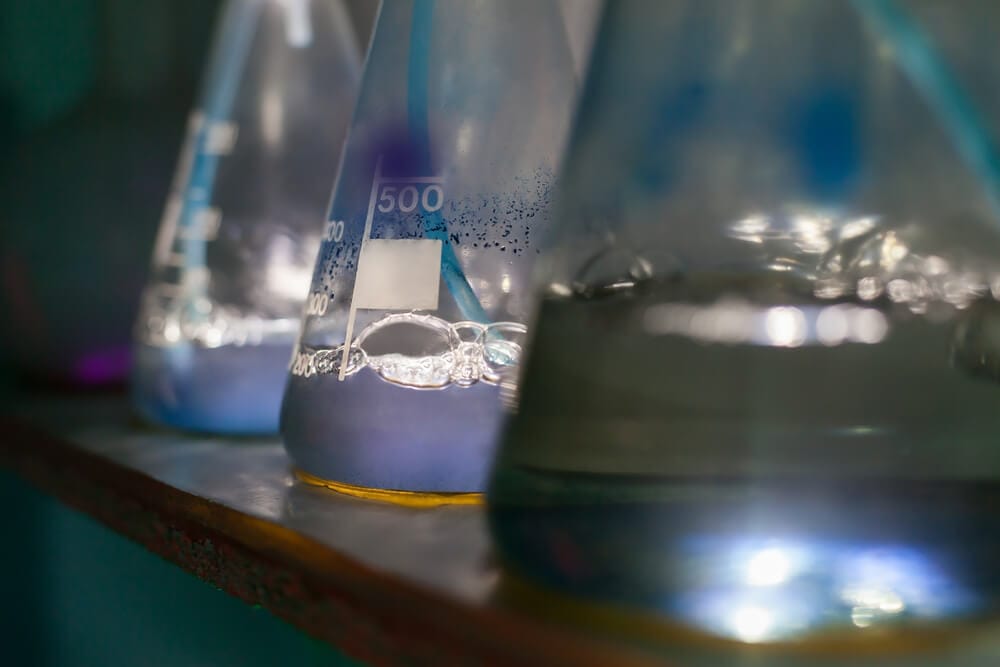
How to Clean a Meth House: 10 Steps (The Professional Way)
The process that follows is how we conduct the procedure with professionalism and care at Spaulding Decon. Bear in mind that other contractors might have a slightly different approach. Also, the exact plans vary by state rules and according to the test results in question.
1. Survey the Area and Control the Site
Our team begins by protecting themselves by wearing PPE such as protective glasses, gloves, steel toe boots, and protective suits. They’ll then carry out a walkthrough to assess the hazards on the property. Next, they’ll conduct the initial planning to ensure any further exposure is kept to a minimum and to prevent cross-contamination.
2. Ventilate and Contain
It’s time to ventilate and contain the area. This involves opening windows (as conditions allow), running blowers and negative-air scrubber machines to completely replace the air inside the property, and isolating zones to avoid spreading dust and residue. If there is a functional HVAC system in the building, it should be shut down to avoid spreading toxic particles into the air.
3. Build a Cleanup and Sampling Plan
Our team then documents the contamination by room. This focuses on the PPE required, equipment and machines, security/structural concerns, waste handling, and the post-remediation sampling plan that will prove clearance against your state’s standard.
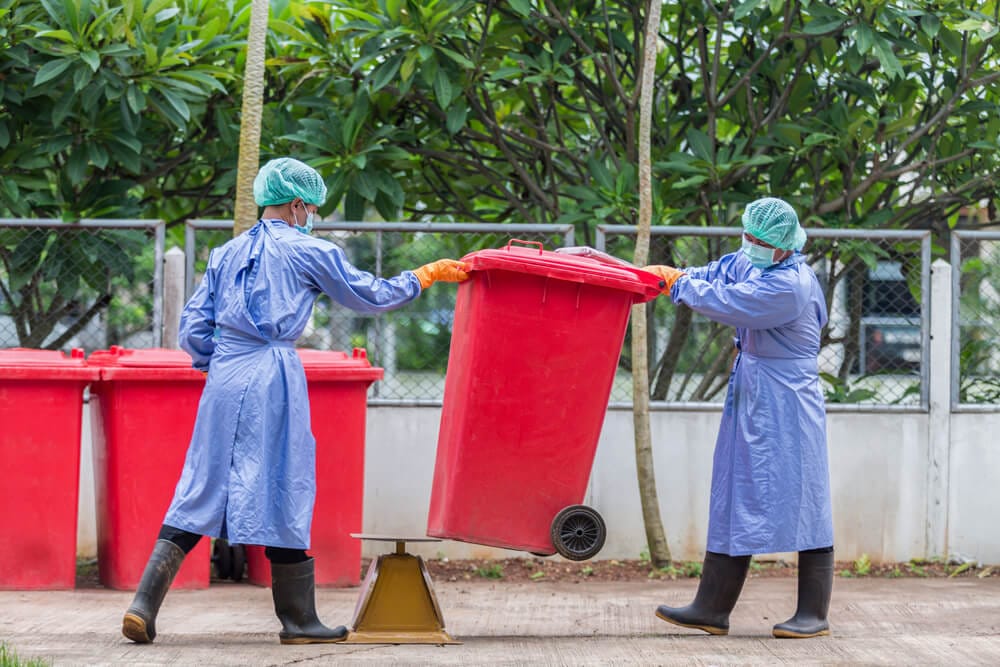
4. Remove Gross Contamination and Porous Items
Once a plan is in place, our team will remove all visibly affected items (carpets, pads, soft furniture) that cannot be reliably cleaned. Other smaller items are bagged and labeled for compliant disposal. We also keep a photo inventory. After removing everything affected, we will once again ventilate the area for at least 24 hours.
5. HEPA Vacuum
We use commercial-grade vacuums equipped with special HEPA filters on floors, walls, and above-floor surfaces to capture fine particulates before wet work begins.
6. First Wash: Detergent-Water Solution
The next step is to wash all the non-porous and semi-porous surfaces from the ceiling down and then rinse. We do not use bleach as the EPA notes the interaction with meth is not fully understood, especially with iodine routes as it can produce toxic gases.
7. HVAC Assessment and Cleaning
It’s essential to keep the HVAC system on the property switched off during the cleanup. We clean all the ducts/components with methods consistent with state guidance. We also plan for a controlled restart before sampling to avoid false failures from dust bursts.
8. Second Wash (and Often a Third)
We repeat the detergent-water washing and rinsing process to reach your state’s standard. We are deeply aware that many jurisdictions recommend triple washing.
9. Plumbing/Septic Check
Producers sometimes dispose of residues via drains. That’s why we evaluate the property’s plumbing and traps. We take precautions to avoid corrosion or ignition risks before discharge of wash water (sanitary sewer is commonly acceptable but we always ensure we abide by state rules).
10. Post-Remediation Sampling and Encapsulation
Finally, we conduct wipe sampling (commonly NIOSH 9111 LC-MS on 100 cm² areas). If the results meet your state standard, surfaces may be encapsulated (with primers/paints) as a finishing layer. However, this should never be considered as a substitute for cleaning.
Testing and Clearance: What to Expect
Wondering what to expect from our testing and clearance phase? Here’s a brief breakdown of what you need to know:
- Method: The method we use is wipe sampling, which is often NIOSH 9111. For detection, we focus on the µg/100 cm² range, which is appropriate for clearance decisions.
- Sampling: The areas that we focus on for testing and clearance are high-touch surfaces, former cook/use areas, and HVAC registers/returns, as required by local protocols.
- Number of samples: The number of samples we take will depend on the square footage of the property as well as room count and state rules. However, your plan will specify these details for greater convenience.
Need help with clearance testing or insurance documentation? We’ve got you covered from start to finish.
Costs and Insurance (What Drives Price?)
The project cost of cleaning a meth house depends on square footage, residue levels, porous removals, HVAC scope, and state requirements. In practice, jobs range widely. From $15k–$20k illustrates a common average, with lows around $5k and complex projects exceeding $100k. Many policies do cover meth decontamination. It’s important to check your policy and local requirements.
We Work With Dignity and Consent
If this is your home, a rental, or an investment, we’ll move at your pace, communicate clearly, and document every step. Spaulding Decon works discreetly and with compassion. We truly respect the story of every life.
Need help now? Call us 24/7 for certified meth decontamination.
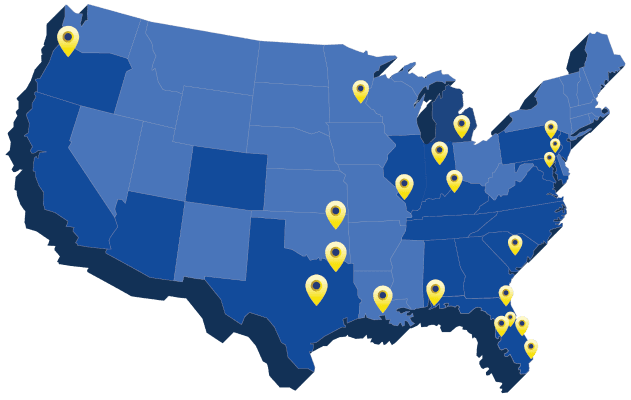
FAQs
Small, light contamination may be reduced by careful detergent-water washing, but most homes need professional sampling, HVAC work, and documentation to meet state standards.
EPA notes the interaction of bleach with meth is uncertain; with iodine-based routes it can form toxic gases. Use detergent-water instead.
It’s state-specific. For example, WA uses 1.5 µg/100 cm²; Colorado uses 0.5 µg/100 cm². Your local health department sets the bar.
Post-cleanup wipe samples are taken and analyzed in a lab, commonly by NIOSH 9111 LC-MS. Results are compared to your state’s clearance level.
Not always. Systems are cleaned and then cycled before sampling to prevent dust bursts from failing tests. Some projects still need replacements if contamination is entrenched.
Often, yes. Coverage varies. It’s important to review your policy and any state requirements. Our team can provide documentation for claims.
Duration depends on size, residue levels, removals, and state clearance requirements. Your plan will outline a realistic timeline after the initial testing.
More Meth Clean Up Related Resources:
- Was Your House a Meth House? Heres How to Tell
- Health Dangers of Living in a Former Meth Lab
- How Much Does It Cost to Clean a Meth House
- Mention the Methods of Decontamination
- Meth Lab Remediation and Testing Guide
- Why Are Meth Labs so Dangerous to Clean
- Meth Lab Cleanup No Longer a Trademark
